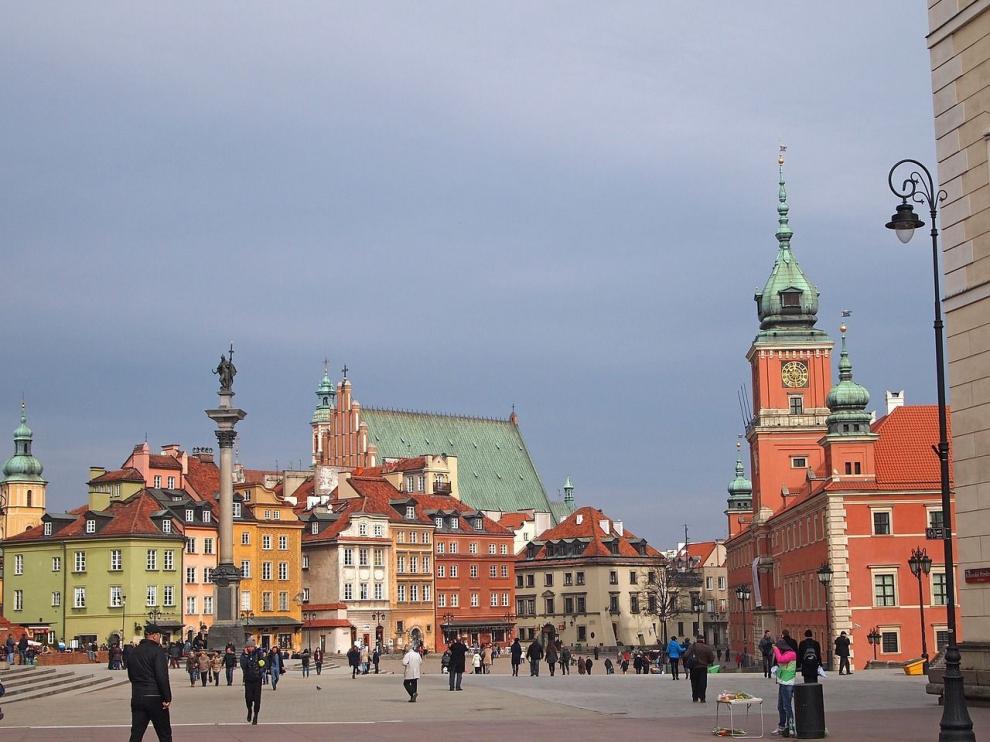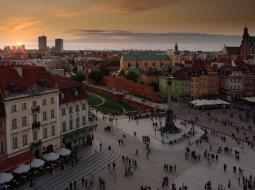Thessaloniki gets ready for its metro launch in November
The underground rapid transit lines have been under construction for almost two decades due to various project delays
 TheMayor.EU logo
TheMayor.EU logo 
We can trace the history of Warsaw back to the middle ages, over 1400 years ago. At the beginning, what would later become the bustling Polish capital, were several clumped up villages. In the 9th century, the fortifactions built around them became the centre, which can still be visited today, labeled as The Old Town of Warsaw. The history of the city is extremely dynamic and full of twists and turns. Warsaw has experienced some of the most devastating battles, uprisings and wars in the region while the territory of the whole country has been repeatedly divided among other nations. The city suffered exceptional losses and gave many casualties during the two World Wars. It has since rapidly recovered and today it is a well-developed economic and cultural center.
Warsaw is the capital and the largest city in Poland. It is situated at 100m above sea level and the area of the town is 517 sq. km. The city's population is just under 2 million. The Vistula River passes through the city and the shores of the Baltic Sea are some 260km to the north. Warsaw is divided into 18 districts and each district elects its mayor. The districts are subdivided into neighborhoods without their own administrative bodies.
The capital of Poland is the 46th most expensive city to live in the world. The headquarters of all the country's institutions are located in Warsaw, as well as the headquarters of major international companies. Over 300,000 companies are registered in the capital, and the stock exchange there was established in 1817. It ceased operating in 1939 and was re-established in 1991. After becoming a member of the European Union, infrastructure has undergone enormous changes, including the construction of a metro, renewal of sidewalks and roads, new health facilities, and others.

Warsaw is a major tourist destination in central Europe, which attracts thousands of tourists every year. The city has many historical sites and the most attractive for tourists is the Old Town. There are also many castles, museums, monuments, cathedrals, and beautiful parks, the most famous of which is the Royal “Łazienki” Park. Many architectural landmarks can be visited, too. The city also hosts many festivals and cultural events. Annually, between May and September, "Łazienki " Park hosts open-air Chopin concerts under the statue of the Polish composer.
Bankowy square 3/5,
00-950 Warsaw, Poland